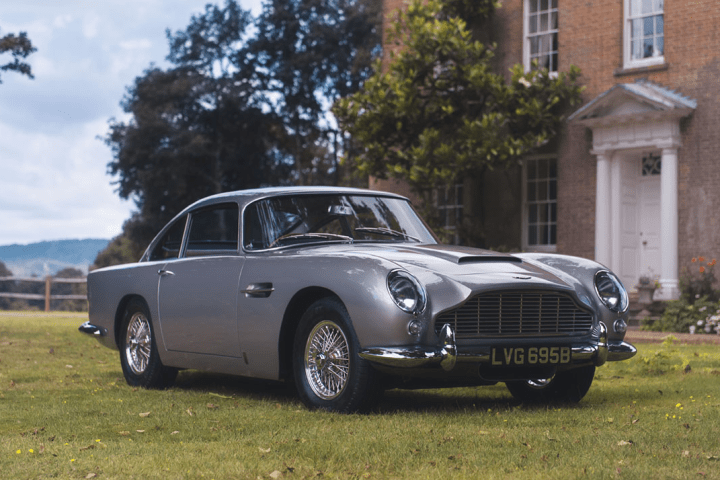
British auction house Coys of Kensington announced that Apple Pay was used to buy a 1964 Aston Martin DB5 with a hefty 825,000-euro price tag, or over a massive $1 million. According to Coys of Kensington, the purchase is the largest known in-app purchase ever made. If that first wasn’t enough, the car was also reportedly the first classic car ever sold via social media, as the purchase of the car was completed on Vero.
The car itself is the same model as the one used in the James Bond film Skyfall, and it was worth so much because of rarities like the right-hand drive and a leather trim. Prior to the auction, it was given a full restoration, and before that it was in dry storage for 20 years, during which it was not used at all.
So why did the buyer use Apple Pay? According to the report, he just didn’t want to lose it.
“He was overjoyed to see the car of his dreams and didn’t want to lose it,” said Coys Chief Executive Chris Routledge. “He was keen to quickly get in front of the queue, so a few days later he hit the ‘Buy Now’ button on Vero to guarantee the purchase, leaving two other collectors disappointed in his wake.”
Mobile payments platforms like Apple Pay and Android Pay have taken off as a way to pay for items both on the go and in-app. Normally, they’re used to buy things on Amazon or at pay terminals in store — but it’s rare you would spend more than a few hundred dollars using the payment platform.
Editors' Recommendations
- This one Apple Fitness feature completely changed how I exercise
- An Apple insider just revealed how iOS 18’s AI features will work
- Why you should buy the iPhone 15 Pro instead of the iPhone 15 Pro Max
- Why you should buy the iPhone 15 Pro Max instead of the iPhone 15 Pro
- When will Apple release iOS 18? Here’s what we know


